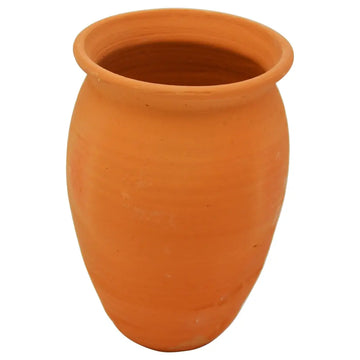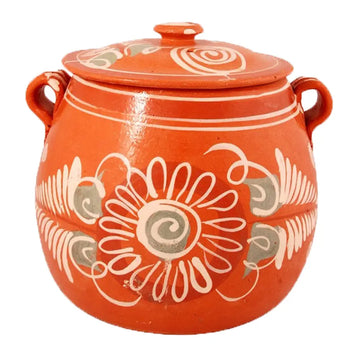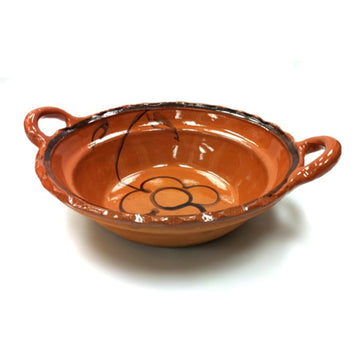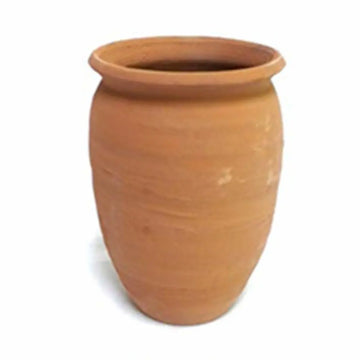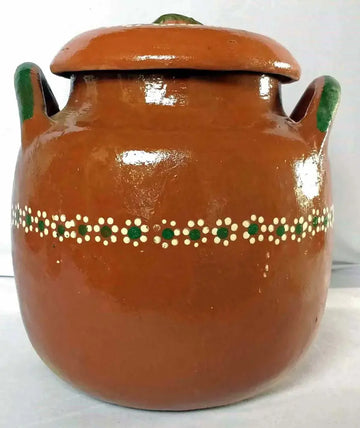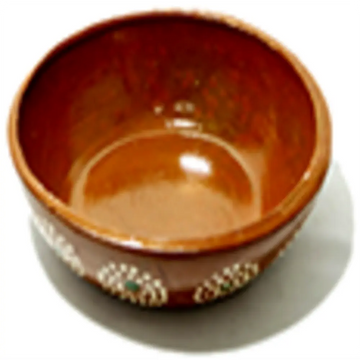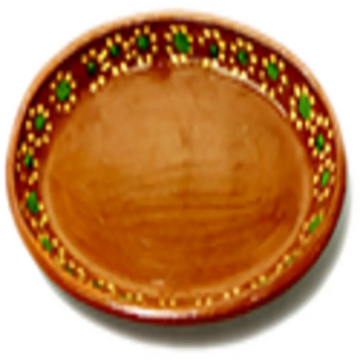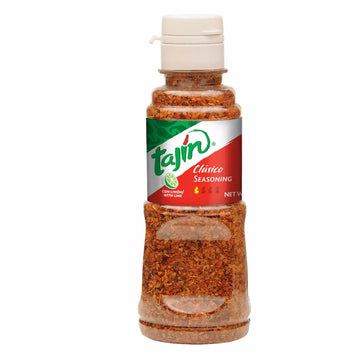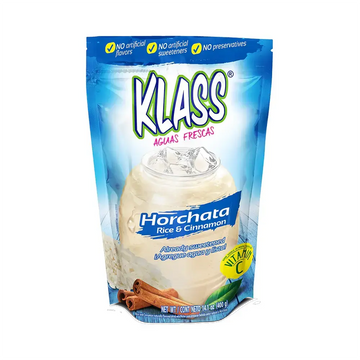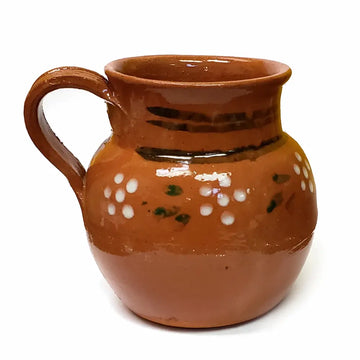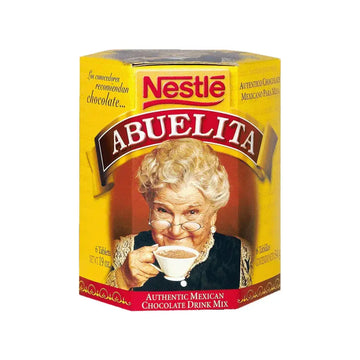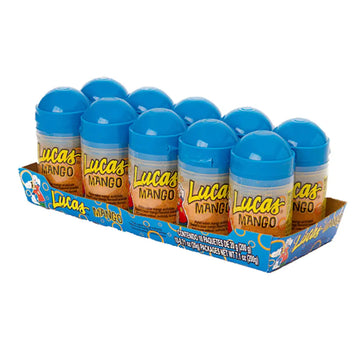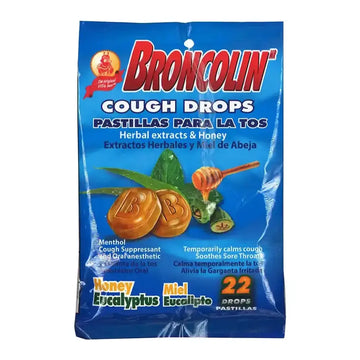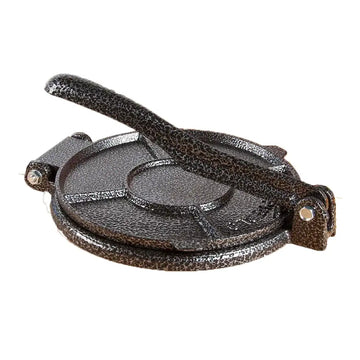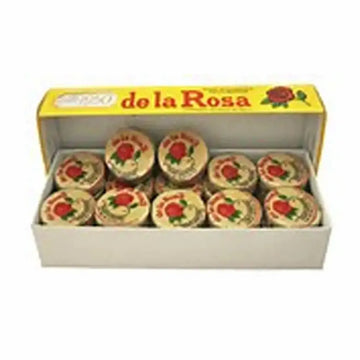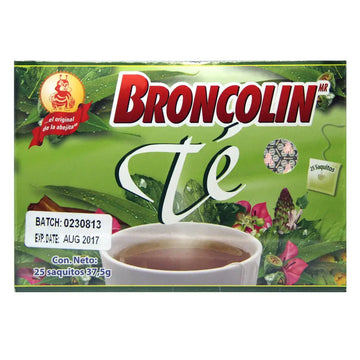MEXICAN CERAMICS… a combination of deep-rooted tradition and modern day craft.
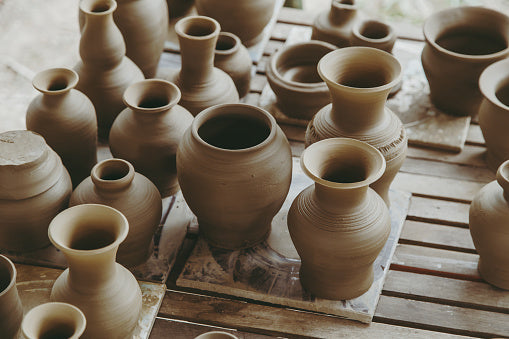
Mexico has a long tradition of ceramics dating back to over 3000 years ago, way before the Pre-Columbian period. As the first advanced civilizations and cultures developed within Mesoamerica, so did their skills in ceramic arts and pottery craft. Pieces were generally created for domestic and day-to-day usage, such as for carrying water or eating and drinking, although early Mexican ceramics were also often used as offerings for the Gods in Ancient ceremonies and festivities.
During the Aztec period ceramics were considered one of the most important forms of art and craft. A potter was highly regarded within Aztec society and it was an important role to fulfill. The skills and talent for pottery were in fact considered to be a gift to humans from the mighty Quetzalcóatl, one of the most important Mesoamerican Gods. Quetzalcóatl was the feathered serpent Aztecs believed to be one of the main deities responsible for the creation of mankind.
Before the Spanish arrived in South America the techniques used to make ceramics in Mexico were ‘coiling’ and `burnishing´. Coiling is where the potter makes long, thin sausage shapes out of clay and coils them up on top of each other to form the shape of the vessel required. They then smooth out the sides by scraping and molding the coils until they cannot be seen anymore. Burnishing is a finishing technique where the potter will polish the clay by rubbing it with a smooth object, such as a polished stone to create a smooth sheen. This serves to both decorate the artifact and make it more water-resistant.
When the Spanish arrived the brought different pottery methods and introduced the potters wheel, different glazing techniques and mineral based pigments to paint the pieces. This gave way to some of the most famous styles of Mexican ceramics known as Talavera or Majolica, originally passed on to the Spanish in the 9th Century thanks to Arabic descendants and influences in Andalucía. Therefore it can be said that Mexican Pottery combines the methods and styles of Pre-Hispanic, European and Arabic cultures.
The amazing thing is, that as deep rooted and buried in tradition that Mexican ceramics clearly are, their use is still widespread in modern day Mexico and all across the globe today. The typical artifact found in an Aztec kitchen, such as
Jarras (jugs), ollas (pans), cazuelas (casserole dishes), cups (cantaritos) and bowls are still prevalent in most modern Mexican kitchens and the techniques we described earlier are still the same ones used to this very day in rural Mexico.
Typical Mexican Clay Ceramics
Let’s take a look at some of the most typical pieces of Aztec style Ancient Mexican Pottery.
BOTTELON DE BARRO. This is a jug that is used to fill with drinking water. The clay it is made from and it’s particular shape and design help to keep the water inside it naturally cool for an extended period of time. It is often used with matching clay cups that give the water a particularly nice, distinctive and refreshing flavor.

Botellon de Barro
OLLA DE BARRO (Mexican Pot). This is used to cook pulses, beans, sauces, soups and stews. It reduces the heat slowly and spreads it evenly throughout its contents, helping to give the food more flavor.

Olla de Barro
CAZUELA DE BARRO. This is a Mexican casserole dish. They come in a variety of sizes and look like shallow bowls with handles. They are traditionally used to cook ‘Mole’, a typical Mexican stew made from meat and vegetables.

Cazuela de Barro
CANTARITOS DE BARRO (Cantarito Cups). These are small clay cups used for drinking tequila and all sorts of other cocktails and mixed drinks.

Cantarito de Barro
You can see our earlier post about the Olla de Barro and our recipe suggestion for Mexican Pinto Beans.
Here’s an idea of how put your ‘cantaritos’ to good use!
Cantarito de Tequila!
Try out the classic Mexican cocktail ‘Cantarito de Tequila’ to quench your thirst on a hot sunny day, or to liven up any social gathering! The delicious combination of tequila and citrus tones makes this both a refreshing and simply irresistible beverage.

Ingredients
- 1 cantarito de barro
- 1 shot of tequila
- ¼ cup orange juice
- ¼ cup pink grapefruit juice
- Juice from one lemon
- Grapefruit soda to taste (eg. Squirt)
- Slices of lemon, orange and pink grapefruit
- Salt
- Ice
Method
- Rim the edge of your cantarito with salt and lime*
- Put one or two ice cubes into the cantarito
- Add a dash of salt, the tequila, the orange and grapefruit juice, plus a few slices of lemon, orange and/or grapefruit
- Stir well and add citrus soda to taste
- Put a couple of fruit slices on the edge of the cantarito for decoration
- Sip and enjoy. Then repeat all over again !!!
*How to Rim a Cantarito with Salt. To do this first cut a lemon into quarters. Then cut a notch in the middle of a quarter and pass it around the rim of the cantarito so that it is nice and moist. Put some good quality salt into a little dish or bowl and then dip the top of the cantarito into the salt.
The cantaritos are a personal favorite of mine! Many simply prefer the distinctive flavor that clay gives to the drink, whilst others find these traditional earthenware items to just be aesthetically pleasing and a nice way to decorate the kitchen, or bring a touch of authentic Mexico to their home if living abroad.
Remember to ‘cure’ your Earthenware
Just remember that all clay earthenware must be cured before using! We have seen this before with the ‘ollas de barro’. The curing process helps to close up the pores within the clay and avoid them from expanding. It also makes the item more durable and helps to prevent them from breaking. If you don’t cure ‘curar’ your cantarito before using it, you will probably find that it absorbs the liquid you put inside it and your beverage will literally disappear before you even drink it!
Curing your cantaritos is really easy. Just fully submerge them in water for at least 2 or 3 hours, or even better leave them overnight. Contact MexMax America's Largest Hispanic Wholesale Grocer today

